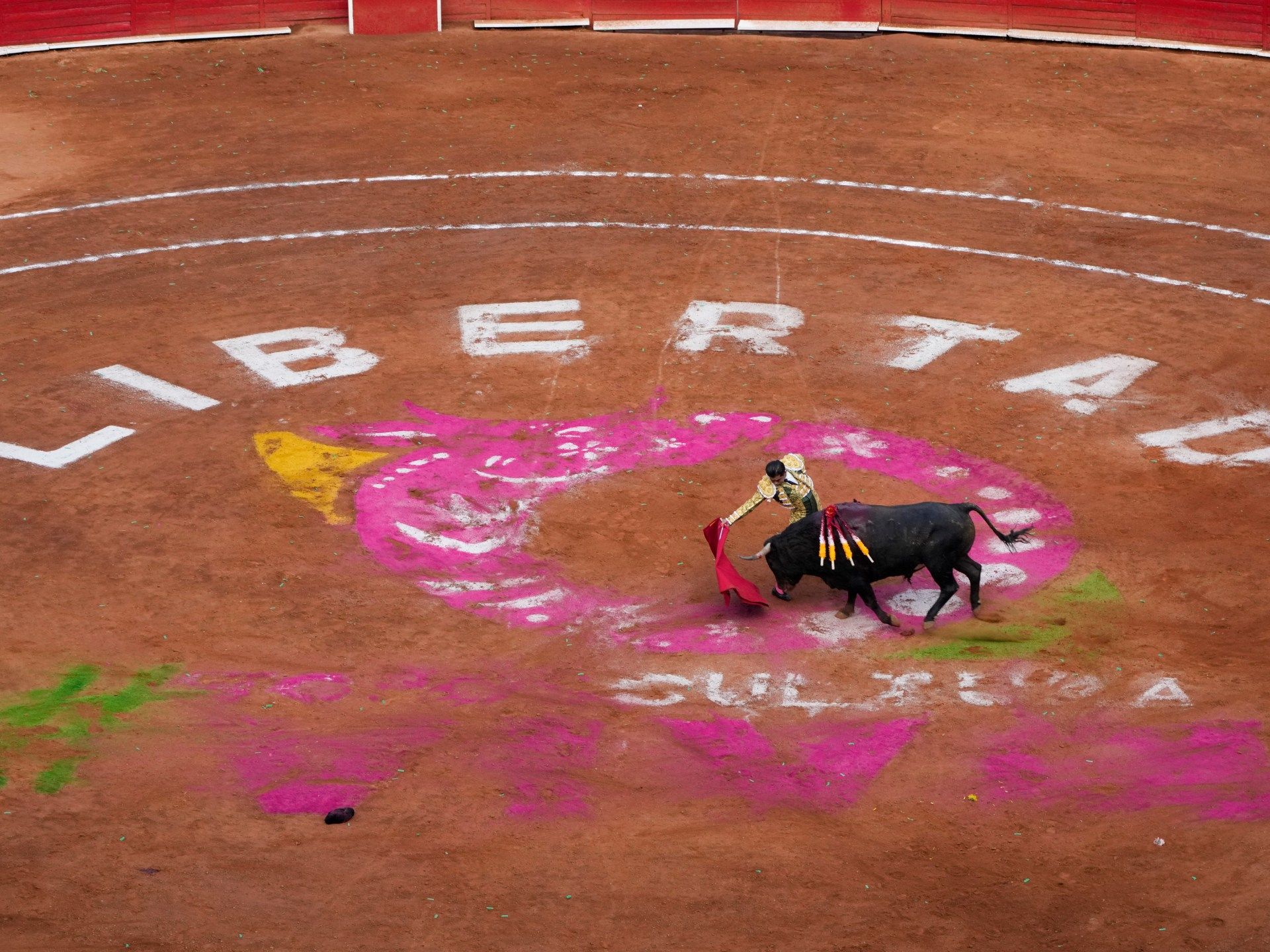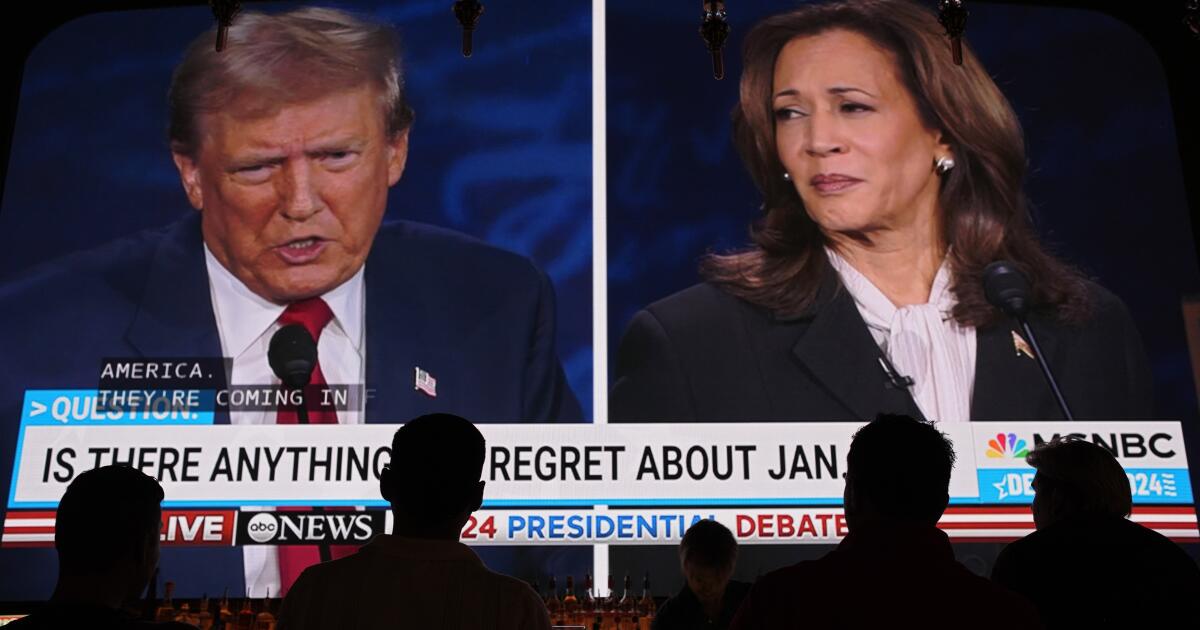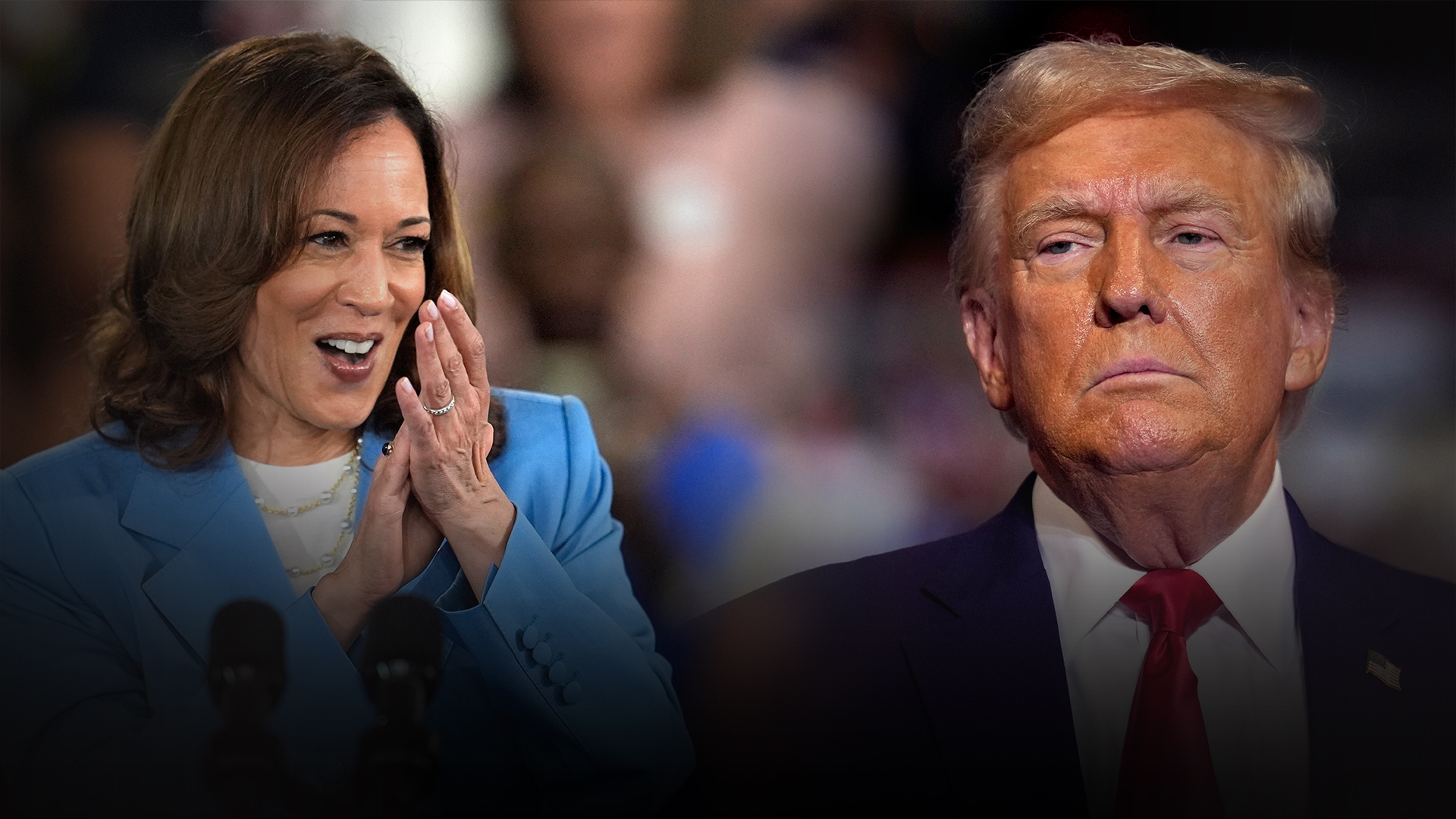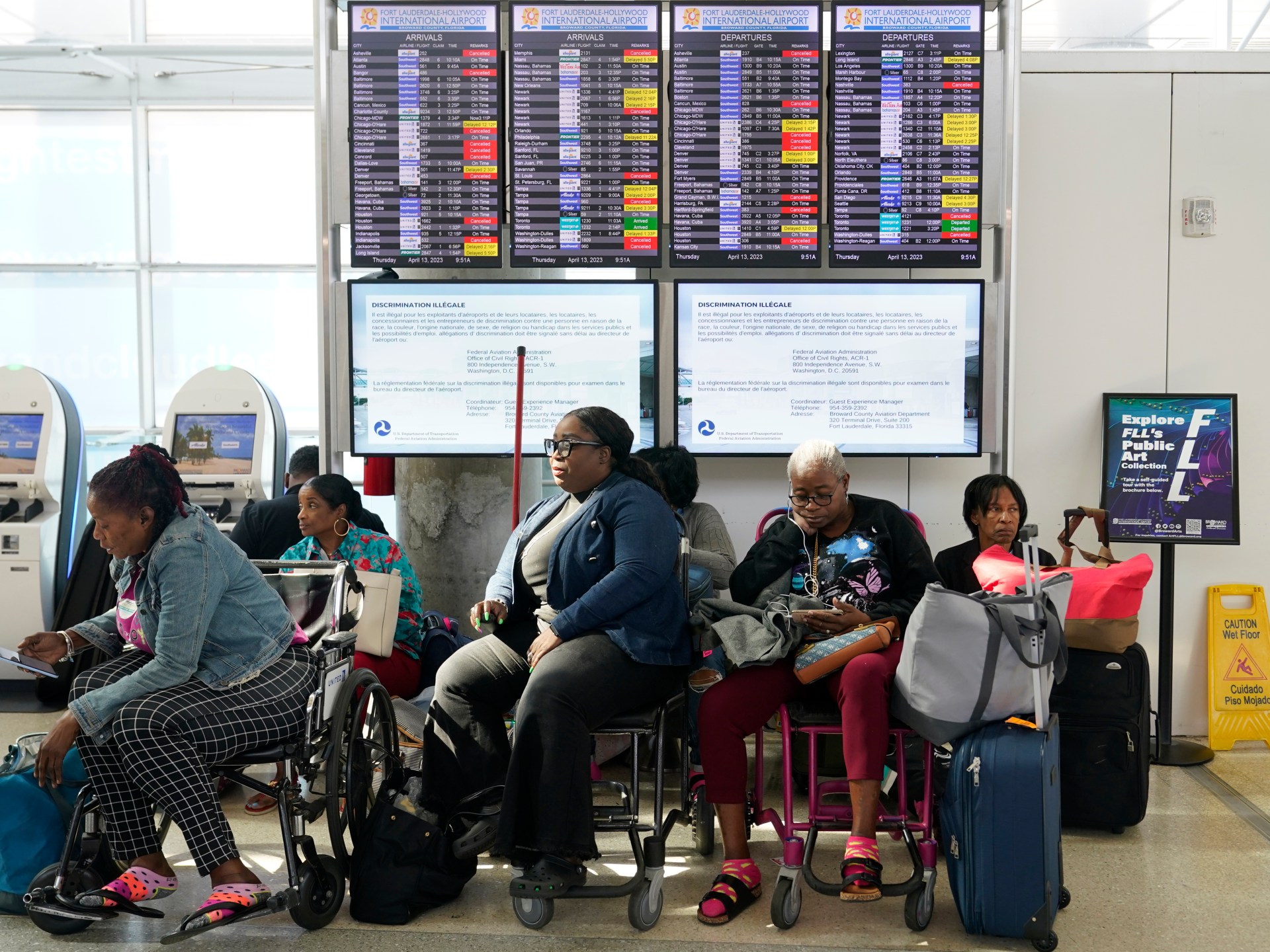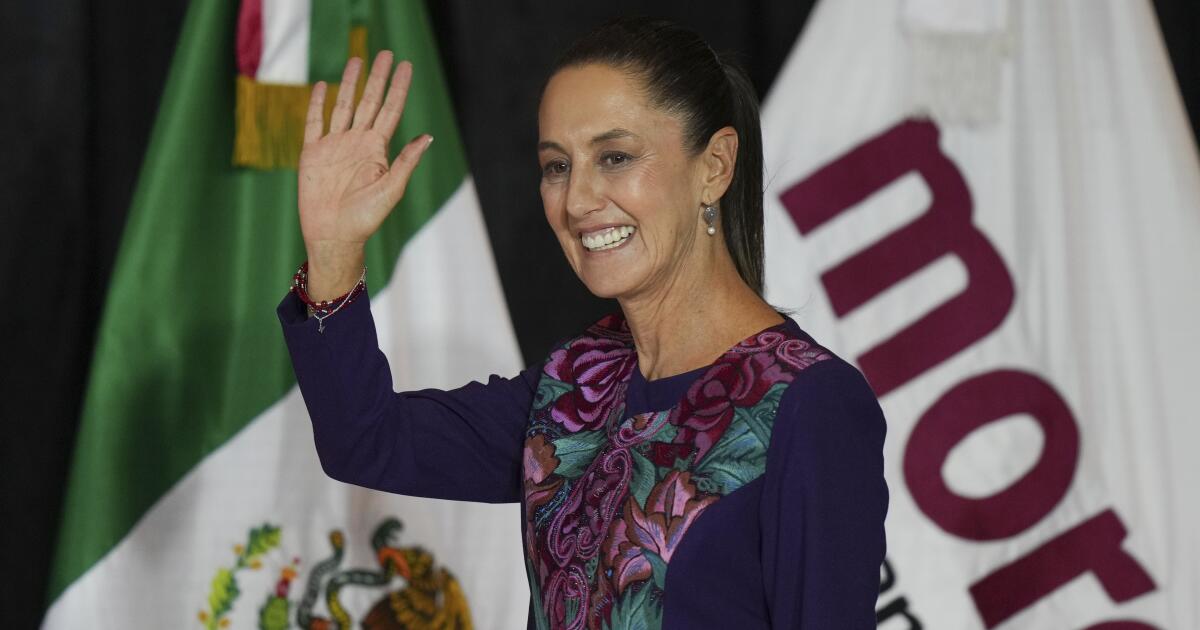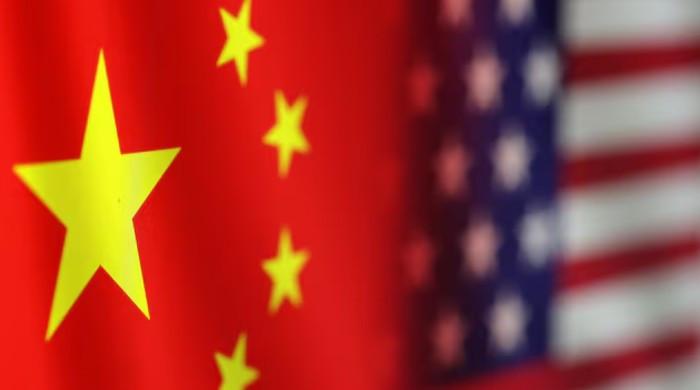With protesters picketing outside a packed arena, bullfighting resumed Sunday in Mexico City.
The return to the capital came after Mexico's highest court temporarily overturned a local ruling that had ruled in favor of animal rights defenders and suspended the events for more than a year and a half.
The resumption of bullfighting in Plaza México, the largest bullfighting ring in the world, raised the hopes of fans in the face of a legal battle.
Bullfighting is still allowed in much of Mexico, but its future is being fought for in the capital. Opponents argue that the practice violates animal welfare and affects people's right to a healthy environment.
Thousands of people applauded the return of the “fiesta brava”, as bullfighting is also known in Spanish. “Long live freedom,” some shouted when the first bull entered a plaza full of spectators.
The first bullfighter to enter the ring was the renowned Mexican matador Joselito Adame. On Sunday six bulls were bullfighted. They were all killed.
Outside, hours before the start of the event, about 300 people gathered in front of Plaza México to protest.
Some activists shouted “Murderers!” and “The plaza is going to fall!” Others played drums or held signs that said “Bullfighting is sadism.”
Police with shields remained alert. The protest was largely peaceful, although there were some tense moments when some activists threw plastic bottles and rocks.
In May 2022, a local court ordered the cessation of bullfighting activities in Plaza México in response to an injunction filed by the civil organization Justicia Justa, which defends human rights. But the nation's Supreme Court overturned the suspension in December while the merits of the case are argued and a decision is made on whether bullfighting affects animal welfare.
Another civil organization filed an appeal on animal welfare grounds on Friday in a last attempt to prevent the activity from resuming, but a ruling was not issued in time.
Animal rights groups have been gaining ground in Mexico in recent years, while bullfighting supporters have suffered several setbacks. In states such as Sinaloa, Guerrero, Coahuila, Quintana Roo and Guadalajara, judicial measures now limit activity.
Ranchers, businessmen and fans maintain that the ban affects their rights and puts several thousand jobs at risk. They say that bullfighting generates about 400 million dollars a year.
The National Association of Fighting Bull Breeders in Mexico estimates that bullfighting generates 80,000 direct jobs and 146,000 indirect jobs.
The association has organized events and workshops in recent years to promote bullfighting and find new and younger fans.

